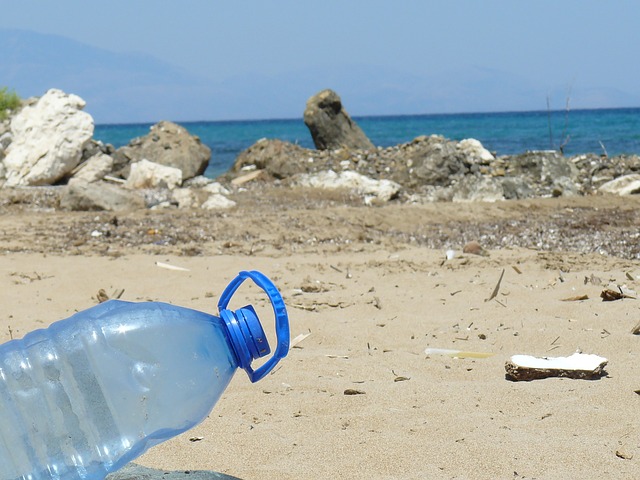
Green Alternatives
Drinking fresh and healthy water has become a huge problem all around the world. Some time ago, you could be sure that the running water coming out of your kitchen tap was potable and nobody could tell you otherwise. Now, people in some parts of the globe can’t be certain of this, since the land, as well as the water supply in their region, has been contaminated. Consequently, there’s no way to check whether the water they drink is healthy or not. On the other hand, bottled water seems to be the perfect replacement, but it has its own flaws. So, if you don’t know what to do, here are a few tips that might help you solve this issue.
The Core of the Problem
As we all know, the decline in the quality of water isn’t a new thing – this process has, unfortunately, been going on for decades now, both in undeveloped and developed countries, as a 2010 study on water quality shows. However, an entirely new set of problems arises with the use of bottled water: it does solve some issues, but produces new concerns that need to be addressed. Bottled water is quite expensive and not very eco-friendly.
Plastic containers include more dangerous and hazardous materials than you could ever imagine and while not all are equally harmful, they’re all damaging your health in some way. Therefore, finding a greener solution for treating your water is a much better idea. Water treatment systems and filters provide clean and healthy water, and are much greener than bottles and containers. But which method of purification – point-of-entry or point-of-use – should you choose?
Point-of-Entry System
If you’re trying to achieve an all-around protection of the entire water supply to your home, a point-of-entry system is the one you should opt for. This system is designed to provide clean water supply by covering your entire premise at once. This means all faucets in your kitchen, bathroom, garden and other places around your home – no matter how many you possess.
The hardest thing about this solution is how and where to install it. Most people prefer placing their POE system near their water meters and storage tanks – with households that still use well water – since these are the water’s points of entry into your home system.
Point-of-Use System
Alternatively, the point-of-use system pays attention to individual points of water consumption in your home – every single faucet you have, regardless of its location. Focusing on these specific points instead of the system as a whole is basically the difference between POE and POU system installation. This way, you can achieve an even higher level of protection and micro manage the entire process of purification in your home.
What you need to do should you pick the POU system is install a new filter on every sink, bath and shower you have. While this sounds like a boring and tedious task, there’s more – there are numerous variations and alternatives, depending on where you install them. Personal water bottles, plumbed-in systems and pour-through filters are just some of the variants you can choose from. With them, you get purified water only when and where you need it, which can be more cost-efficient in the long run.
Various Standards You Need to Keep in Mind
Of course, you can’t just expect the systems to work on their own without some help from approved standards. These are:
- Filtration – keeps contaminants in filters and minimizes their amount,
- Water softeners – purify the water by softening it,
- Ultraviolet Disinfection – cleans the water and reduces the amount of bacteria using UV lights,
- Reverse Osmosis – a reverse osmosis filter with cartridges purifies the water by reversing its natural flow,
- Distillers – these remove impurities by boiling the water,
- Shower Filters – provide clean water for showering, and
- Treatment System for Emerging Contaminants – a mixture of POE and POU system that’s proven to be highly effective.
Final Considerations
No matter which system you choose, it should be maintained properly – you must clean it regularly, check the filters and replace faulty pieces as soon as you notice them. And, finally, enjoy your clean and eco-friendly water!
 WhosGreenOnline.com Your Online Magazine and Directory for Green Business, Product, Service and News!
WhosGreenOnline.com Your Online Magazine and Directory for Green Business, Product, Service and News!

